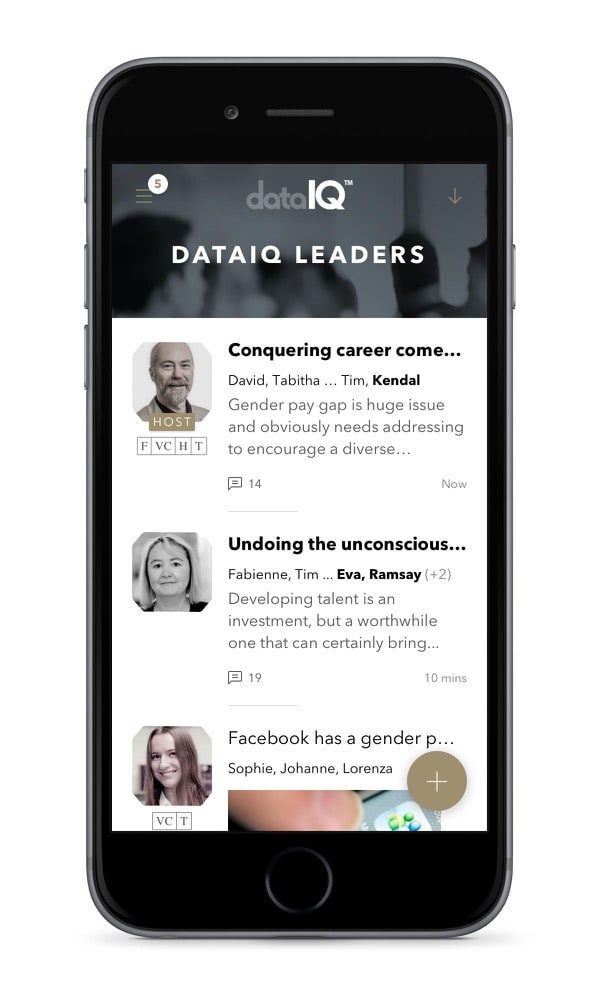Due to the highly disruptive nature of modern-day technology at our fingertips, workplaces are on the hunt for how to achieve that perfect productivity balance. So how do we achieve peak productivity, and keep work and home life clearly separated?
With the rise in the use of social media platforms and instant messaging (IM), lines between work and home are blurring due to ubiquitous instant access to family, friends and colleagues through their phones. WhatsApp has 1.5bn users worldwide and is seen as the leading IM app. The constant stream of buzzing leads to a never-ending stream of interruptions, which is highly problematic for workplace productivity.
Companies are therefore increasingly on the hunt for ways in which to increase workplace productivity, by trying to provide innovative ways for colleagues to interact with each other.
The open plan layout was adopted by many businesses, with the intention to increase face-to-face interaction and better collaboration. However, a recent study discovered that employees in open plan offices spend 73% less time in face-to-face interactions, with email and messaging use shooting up by more than 67%. Emailing colleagues sat right next to you is surely the opposite of a productive use of time.
Photo by Alex Kotliarskyi
There is a growing trend towards shared-desk layouts. A survey of 400 multinational corporations conducted by CBRE found that two-thirds plan to implement shared-desk workplaces by 2020.
Both hot-desking and activity-based workplaces have seen considerable spikes recently. However, these also have a range of negative results. Employees without an assigned desk space complained of desk shortages, difficulty finding colleagues, wasted time and limited ability to personalise their space. So despite this innovative use of workspace, issues of mistrust and wasted time lead to a decrease in productivity.
Photo by Štefan Štefančík / Unsplash
The next move was to allow individuals to choose their own preferred work method, and flexible working hours and remote work possibilities shot up. Research shows that just over 13% of the UK workforce now performs some or all of their usual job-related tasks at home.
The same study also concluded that homeworking led to an overall increase in performance, job satisfaction and engagement with their job. They reported working longer hours than office dwellers, which does, however, beg the question of what specifically led to a higher productivity.
The issues with homeworking as cited by this study were increasingly blurred boundaries between work and home, as well as social isolation, and fewer crucial opportunities to engage with colleagues face-to-face.
Here we find ourselves having come full circle: lower levels of social interaction and simultaneously, blurred lines between home and work.
So how can we find the best balance between our human need for social interaction with our colleagues, and needing peace from the constant incoming message buzz?
We are hoping to help. We're on the verge of launching our Guild, which is a kind of 'WhatsApp for work'. It will pave a new path for professionals looking for better ways to engage with their colleagues.
Guild is a private professional messaging app and provides the perfect space for creating a socially strong work community, but simultaneously encourages the split between work and home.
We built the app for any professional group, network or community where members want to communicate, share, learn from each other, stay in touch, develop and nurture valuable professional relationships.

Our CEO Ashley Friedlein explains:
“We think it is time professionals had a messaging app that is properly private, GDPR-compliant and designed just for work use. Research suggests there are already over half a billion people using WhatsApp for professional use and that’s the market Guild is going after.”
Professor Robin Dunbar, of “Dunbar’s Number” fame has joined our advisory board, and says of Guild:
“Over the years, I’ve been approached by many networking-type start-ups, but I have always declined to be involved because they all seemed to be a simple market-places and lack any sense of a social dimension. Guild is in a different league precisely because its focus is small scale and intensely social and pays much closer attention to the way natural human groups are organised.”
It is clear that there is not a one-size-fits-all solution to increasing productivity in the workplace. However in order to inch closer to a more productive working environment, it is clear that greater emphasis needs to be placed on both visual and auditory privacy, as well as the layout and appearance of the workplace as a whole. We've designed Guild with all of these things in mind.
Ultimately, Guild will complement the workplace by providing a space for social cohesion, increasing overall productivity.
Guild goes live this Autumn. You can sign up to receive updates and free access to the product when it launches at https://guild.co.
Start using Guild for free or contact us if you want to know more or have questions.

